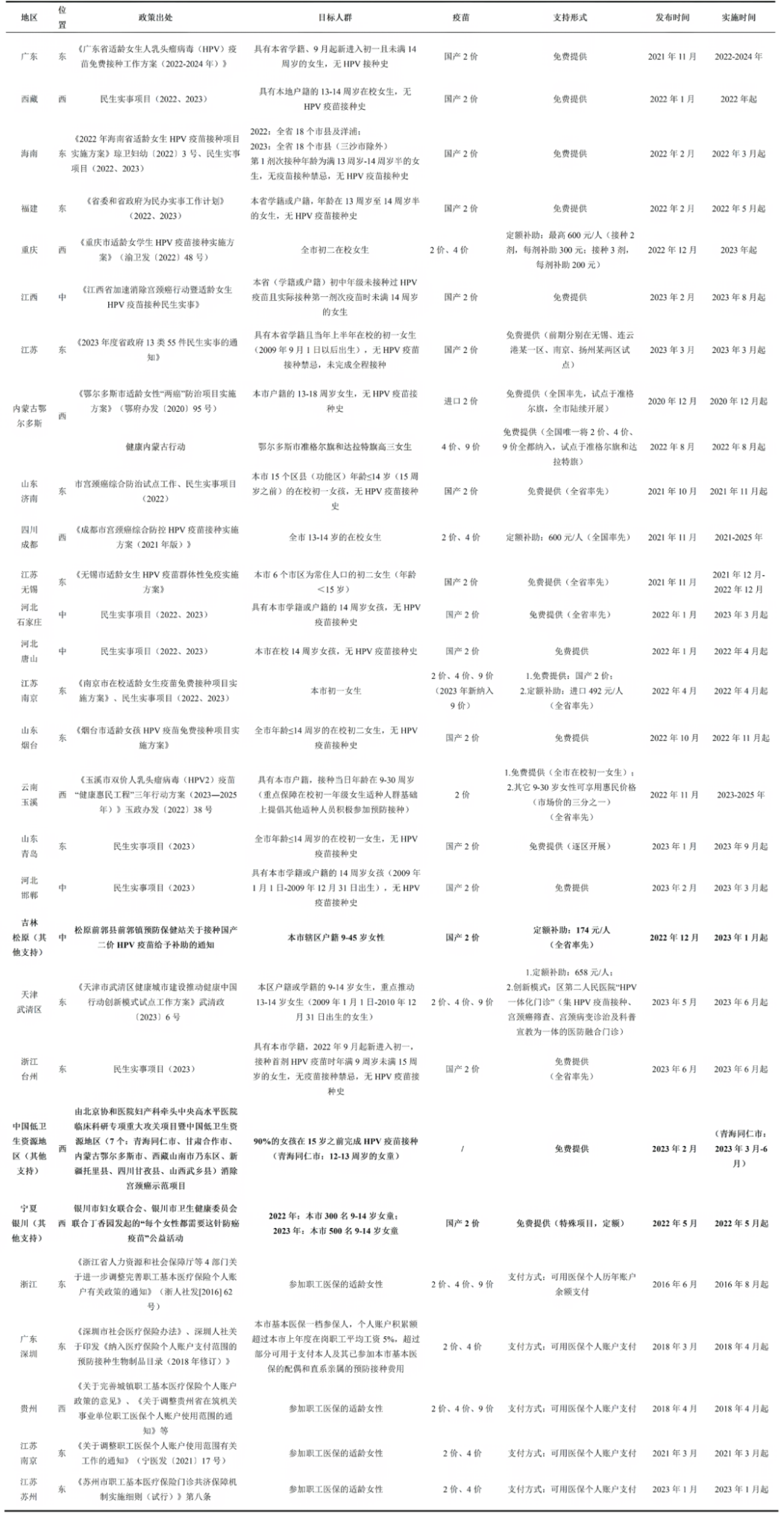On April 28, the World Health Organization (WHO) released its 2024 Global Report on the Immunization Agenda 2030 (IA2030), offering a sobering overview of global vaccination trends. While coverage of pneumococcal conjugate vaccine (PCV) and human papillomavirus (HPV) vaccine has increased globally—especially in low- and middle-income countries (LMICs)—the report highlights persistent stagnation in overall immunisation rates and growing risks of vaccine-preventable disease (VPD) outbreaks. Most impact goals under IA2030 remain off-track.
In 2023, immunisation prevented approximately 4.2 million deaths—below the 4.6 million target. Global DTP3 coverage remained at 84%, with substantial disparities across income levels. Alarmingly, the number of “zero-dose” children (those who have not received any vaccine) rose to 14.5 million—33% higher than the target and an increase from 13.9 million in 2022. Delays in catch-up campaigns and fragile supply chains continue to widen immunity gaps, especially in conflict-affected and underserved regions.
Outbreaks of VPDs also surged in 2023. A total of 109 significant or disruptive outbreaks of measles, cVDPV, cholera, and meningococcal disease were recorded—43% more than in 2021. This underscores the urgency of expanding equitable and resilient immunisation services worldwide.
Accelerating Coverage for HPV and PCV
Despite challenges, HPV and PCV coverage showed notable improvement. HPV vaccine coverage rose to 20% globally, driven by increased adoption in LMICs. Coverage for the third dose of PCV (PCV3) reached 83% across 157 countries—on par with DTP3—largely due to national scale-ups in populous countries like India and Indonesia.
In the WHO African Region, HPV coverage increased by over 15% in one year. However, coverage remains low in the Eastern Mediterranean, South-East Asia, and Western Pacific Regions, all under 10%. The lower HPV uptake reflects fewer country introductions (129 globally) and modest average coverage among adopters (54%).
Monitoring Systemic Gaps and Opportunities
The report also assesses 15 strategic priority indicators to understand IA2030 progress drivers. Some positive signs include a record 131 countries with functional National Immunisation Technical Advisory Groups (NITAGs) and a decline in regional vaccine stock-outs compared to 2019. The number of countries with legal frameworks supporting immunisation as a public good also rose slightly from 115 in 2022 to 123 in 2023.
However, gaps in global coordination remain. Five out of twelve key vaccine markets are flagged as “concerning,” including HPV (due to supply-demand imbalances) and rotavirus (due to supply constraints). Reporting of adverse events following immunisation (AEFIs) to WHO’s VigiBase has declined, undermining post-market safety monitoring and public confidence.
A Call for Redoubled Global Efforts
While the COVID-19 pandemic disrupted routine services, recovery remains uneven. The report emphasizes that global immunisation goals are still achievable—but only through intensified collaboration across global, regional, and country levels. Governments and partners must prioritise sustainable, equitable, and resilient immunisation programmes as an integral part of primary healthcare systems.
More can be found in this article:
World Health Organization. (2024). Immunization Agenda 2030 – Global Progress Report 2024. Retrieved from: https://www.who.int/news/item/28-04-2025-new-report-highlights-need-for-redoubled-efforts-to-reach-2030-global-immunization-targets
Content Editor: Rurong Li
Page Editor: Rurong Li





